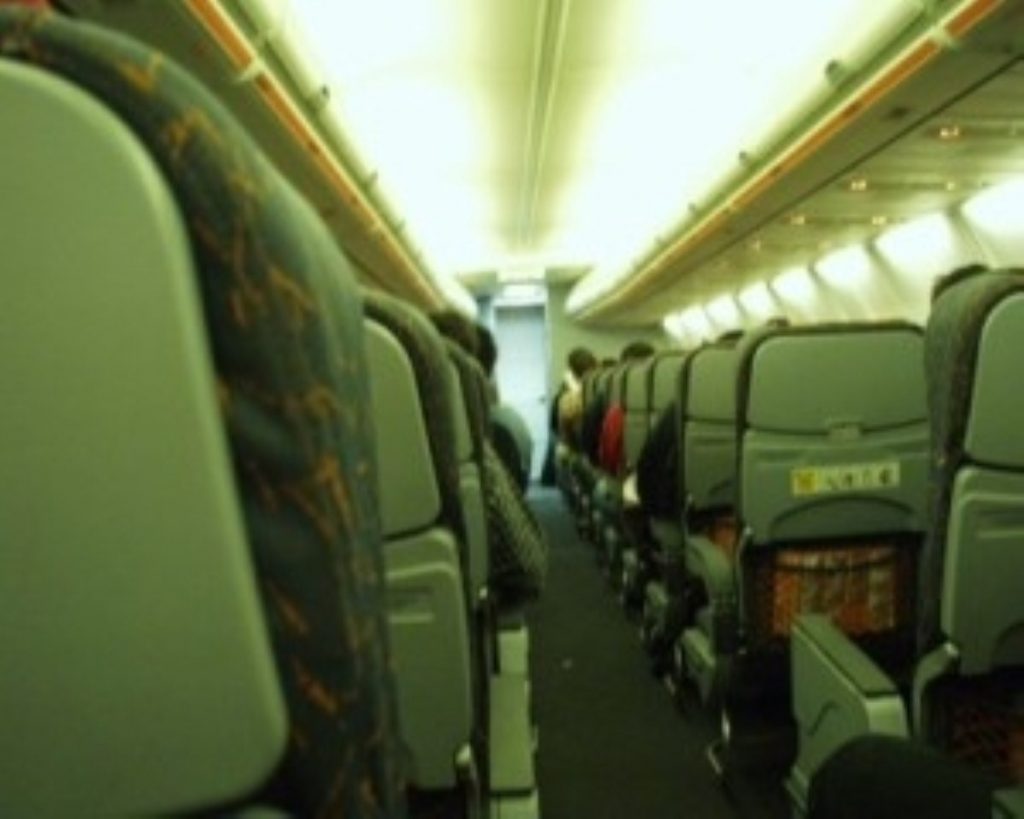Rare stroke risk related to air travel
An unusual type of stroke can occur on long air journeys in people with an opening between two chambers in the heart.
It is thought around 30% of the general population have the condition, patent foramen ovale, caused by a failure of the heart wall to close completely after birth.
The much-reported risk of deep vein thrombosis is related to air travel because of the extended periods of sitting immobile. DVT can cause potential fatal pulmonary embolism if the clot detaches and is carried through the blood stream to block an artery in the lung.
But in people with the patent foramen ovale heart condition, the heart opening can allow blood clots to travel to the brain, clogging arteries and causing a stroke.


A team of French researchers investigating this condition examined passengers arriving at Charles de Gaulle airport in Paris with a pulmonary embolism who were taken to a hospital by a medical transport team.
Over an eight-year period 65 patients were examined, and all four of those suffering from strokes had the patent foramen ovale heart condition – a known risk factor for stroke.
No other cause of the stroke was found in the four patients and all of them had disembarked a flight of at least eight hours.
While this form of stroke only affected one in 38 million passengers, the study provides important lessons for travelers and doctors, according to author Frederic Lapostolle of Avicenne Hospital in France.
He advises passengers to increase their activity during flights to address the risks of developing DVT by taking hourly walks around the cabin. Travellers should also wear support socks to improve circulation, avoid dehydration and alcohol and consult their doctor if they have a history of heart or lung problems.
Doctors should also note that pulmonary embolism can cause stroke, particularly following air travel, and should look for signs of the other condition in patients with one condition, as treatment may be different when both conditions are present, Dr Lapostolle advises.
He also points out that the risk of this kind of stroke may be higher than the 0.0000026% recorded in the study, because people who died during or just after their flight and those with undiagnosed pulmonary embolism were not included.
The study was published in scientific journal Neurology.












